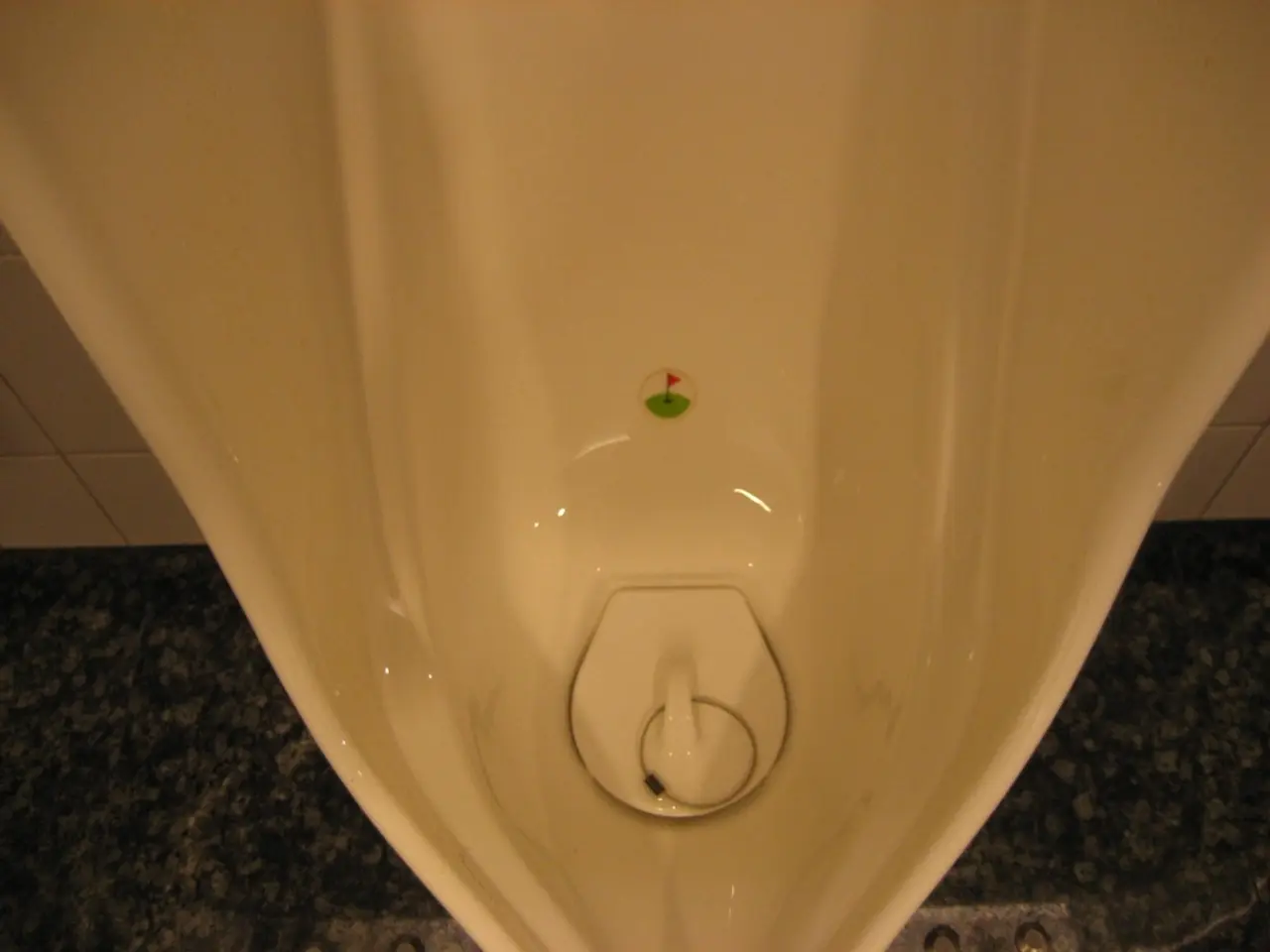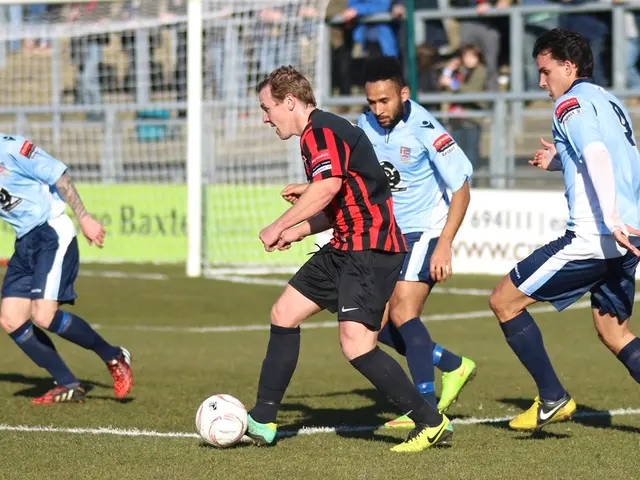Bladder Stimulating Devices: A Look at Varieties, Mechanisms, and Additional Information
Bladder stimulation is a non-surgical treatment option for people suffering from an overactive bladder (OAB). This condition, characterised by frequent and difficult-to-control urges, can interfere with everyday tasks, disrupt sleep cycles, and increase the risk of urinary infections.
Two types of bladder stimulators are available: sacral neuromodulation (SNS) and percutaneous tibial nerve stimulation (PTNS). Both therapies are considered third-line treatments, used when other options such as reducing caffeine intake, performing pelvic floor exercises, and taking medications are ineffective.
Sacral Neuromodulation (SNS)
SNS involves a wire lead placed into the spine and a stimulation device placed under the skin of the buttock, sending signals to the nerves that control the bladder. The implant phase is minimally-invasive and does not require an overnight stay in the hospital. However, SNS is suitable for people with chronic urinary retention and overactive bladder who have experienced no improvement with medications and physiotherapy.
Common risks and side effects associated with SNS include pain or discomfort at the implant site, infection related to the implanted device, lead migration, hardware malfunction requiring surgical revision, temporary or permanent changes in bowel or bladder function, and urinary tract infections. Some patients may also experience uncomfortable sensations or need device reprogramming.
Percutaneous Tibial Nerve Stimulation (PTNS)
PTNS is a nonsurgical procedure that requires an acupuncture-like needle attached to an electrical device on the inside of the patient's ankle for a 30-minute stimulation session. The procedure involves inserting a fine needle near the ankle that connects to a battery-powered stimulator, delivering electrical impulses to the nerves in the leg responsible for bladder control.
PTNS has FDA clearance to treat OAB and its symptoms, including urinary urgency, frequency, and incontinence. The procedure is generally less invasive than SNS and has fewer risks. Side effects can include mild pain or discomfort at the needle insertion site near the ankle, slight bleeding or bruising, rare transient foot or leg cramps, and tingling sensations. No major infections or device-related complications have been reported.
In comparison, PTNS risks are mild and local to the stimulation site, while SNS risks stem mainly from the implanted device leading to pain, infection, or hardware issues. Both treatments may cause temporary urinary symptoms and require careful patient selection and follow-up.
It is important to note that the National Health Service (NHS) does not recommend SNS procedures to people who are pregnant or have spina bifida. The suitability of these treatments can vary, and a healthcare professional should be consulted for personalised advice.
A 2017 review suggests that PTNS helps improve symptoms in about half of the patients, but it is time-consuming. A 2020 study suggests that SNS is particularly effective for younger people, females, and individuals with nerve-related symptoms, but may not be as useful for older adults and those with unknown causes of symptoms.
In conclusion, bladder stimulation therapies offer a viable alternative for managing OAB symptoms when other treatments are ineffective. Both SNS and PTNS have their advantages and risks, and a thorough discussion with a healthcare professional is essential to determine the most suitable treatment option.
[1] National Institute of Diabetes and Digestive and Kidney Diseases. (2021). Overactive Bladder. Retrieved from https://www.niddk.nih.gov/health-information/urologic-diseases/overactive-bladder
[2] International Urogynecological Association (IUGA). (2019). Sacral Neuromodulation. Retrieved from https://www.iu-sg.org/patients/sacral-neuromodulation
[3] American Urological Association. (2020). Sacral Neuromodulation. Retrieved from https://www.auanet.org/guidelines/sacral-neuromodulation
[4] International Continence Society. (2018). Percutaneous Tibial Nerve Stimulation. Retrieved from https://www.ics.org/ICS_Home/ICS_Patient_Information/Pelvic_Floor_Disorders/Percutaneous_Tibial_Nerve_Stimulation
[5] National Health Service (NHS). (2021). Sacral Nerve Stimulation for Urinary Incontinence. Retrieved from https://www.nhs.uk/conditions/sacral-nerve-stimulation-for-urinary-incontinence/
- Bladder stimulation therapies can help manage overactive bladder (OAB) symptoms when other treatments are ineffective.
- The National Institute of Diabetes and Digestive and Kidney Diseases provides information on OAB.
- Sacral neuromodulation (SNS) is a treatment option for people with chronic urinary retention and OAB.
- SNS involves a wire lead placed into the spine and a stimulation device placed under the skin of the buttock.
- The National Health Service (NHS) does not recommend SNS for pregnant women or those with spina bifida.
- SNS risks include pain, infection, and hardware malfunction.
- Percutaneous tibial nerve stimulation (PTNS) is a non-surgical procedure for treating OAB.
- PTNS involves an acupuncture-like needle attached to an electrical device on the inside of the patient's ankle.
- PTNS risks include mild pain or discomfort at the needle insertion site, slight bleeding or bruising, and tingling sensations.
- The International Urogynecological Association provides information on sacral neuromodulation (SNS).
- The American Urological Association offers guidelines on sacral neuromodulation.
- The International Continence Society provides information on percutaneous tibial nerve stimulation (PTNS).
- A 2017 review suggests that PTNS helps improve symptoms in about half of patients, but it is time-consuming.
- A 2020 study indicates that SNS is particularly effective for younger people, females, and individuals with nerve-related symptoms.
- The implant phase of SNS is minimally-invasive and does not require an overnight stay in the hospital.
- Some patients may experience uncomfortable sensations or need device reprogramming after SNS.
- Both SNS and PTNS have their advantages and risks.
- The suitability of these treatments can vary, and a healthcare professional should be consulted for personalised advice.
- Workplace-wellness programs can help manage medical conditions such as OAB.
- Chronic diseases, including cancer, respiratory conditions, digestive-health issues, and neurological disorders, can be managed through therapies and treatments.
- Mental-health disorders, such as depression and anxiety, require proper diagnosis and care.
- Skin-care routines can help prevent and manage skin-conditions like acne.
- Considering autoimmune disorders, it's essential to maintain a balanced nutrition and engage in fitness-and-exercise regularly.
- In the realm of health-and-wellness, artificially-intelligent technologies can streamline data-and-cloud-computing for effective monitoring and treatment plans.
- Proper eye-health is crucial for maintaining overall health.
- Hearing tests can help detect and manage hearing loss.
- A well-rounded lifestyle, involving regular exercise, balanced nutrition, and stress-reduction techniques, supports cardiovascular-health, mental-health, and skin-care.






